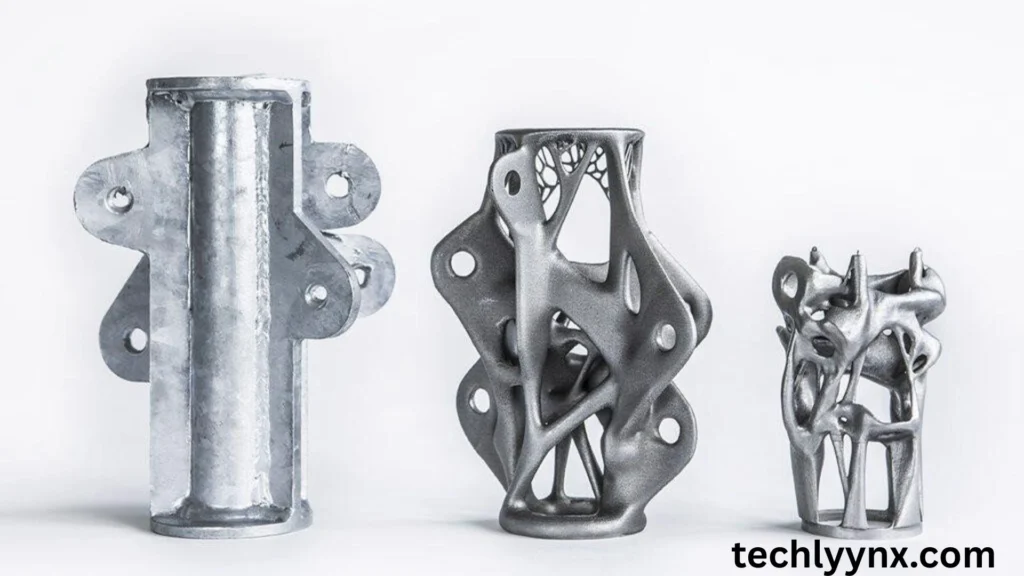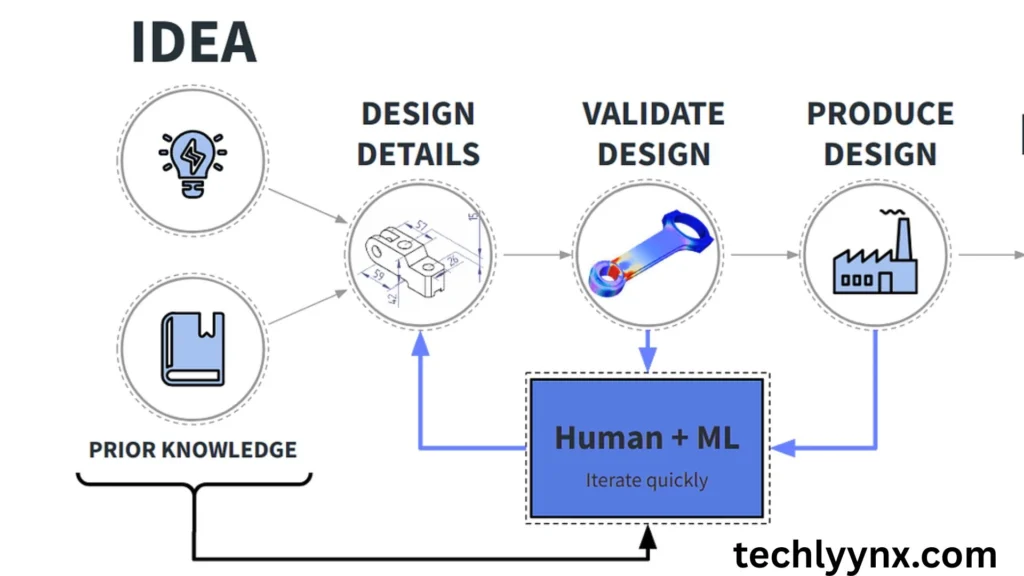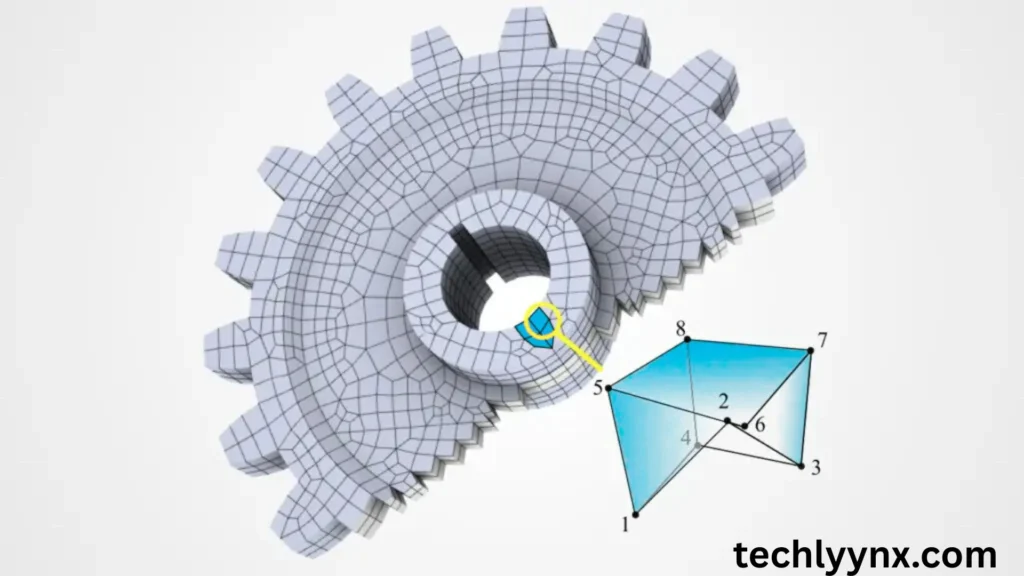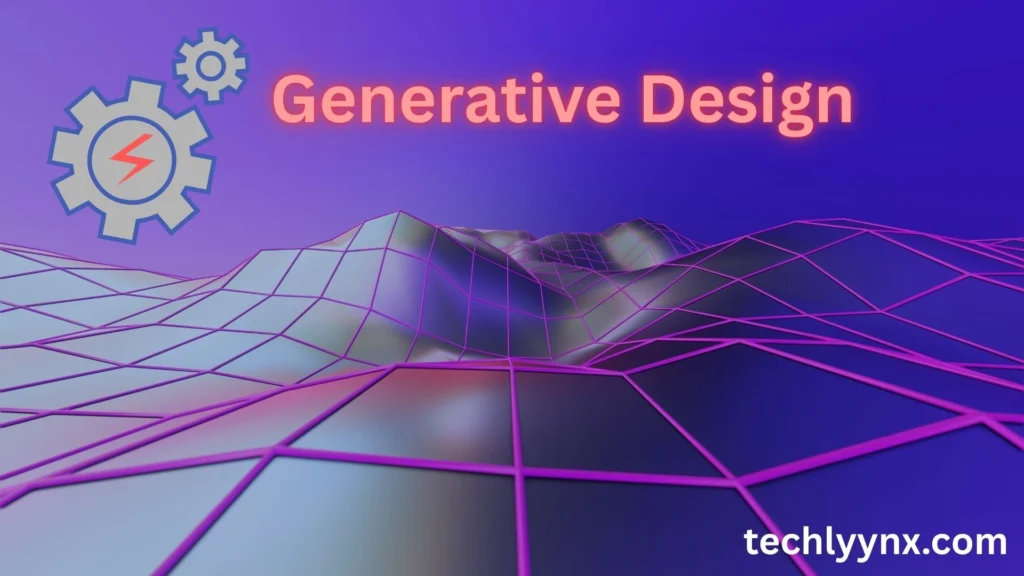Generative design is emerging as a potent tool in the rapidly evolving fields of engineering and technology. By fusing creativity with cutting-edge computing, it is revolutionizing the way products are made. Engineers and designers may swiftly explore thousands of design ideas thanks to this technology.
They employ software to develop multiple options rather than creating a single design by hand. In addition to saving time, generative design frequently produces creative outcomes. It aids in the production of robust, lightweight, and effective products. The definition of generative design and its significance will be covered in this article. Additionally, you will learn about this technology’s promising future.
What is Generative Design?

Fundamentally, generative design is a design technique that automatically generates a variety of modeling possibilities based on predetermined objectives and limitations using computer software and algorithms. Generative design uses artificial intelligence and computing power to produce a large number of solutions, in contrast to traditional modeling, which involves a human designer manually creating one or a small number of design possibilities.
This is how it usually operates: Key specifications, such as materials, budget, weight restrictions, and functional objectives, are entered by the designer into generative design software. The program then investigates an infinite number of design options that satisfy those limitations, frequently yielding innovative, effective, and occasionally surprising outcomes.
This process not only saves time but can also lead to innovative designs that humans might not have imagined on their own.
How It Works

Generative design mimics the rapid evolution of solutions through trial and error found in nature. The program “breeds” numerous iterations of a design and chooses the best ones based on performance using algorithms like to those used in genetic evolution.
Suppose you wish to create a chair that is both sturdy and lightweight. You specify to the software the maximum weight the chair should support, the materials you wish to use, and any aesthetic preferences rather than just designing one chair and crossing your fingers. After that, the program creates hundreds or thousands of chair designs that fit your requirements, each one optimized for cost, weight, strength, and other variables.
You can examine and choose the best solutions to prototype or manufacture once the software has finished the designs. Compared to traditional procedures, this methodology is significantly faster and frequently produces more sustainable and efficient goods.
Why It is a Game-Changer in Engineering

The introduction of generative design is a game-changer because it brings together creativity and technology in a way that was never possible before. Here are some reasons why Automated modeling is revolutionizing engineering:
- Efficiency and Speed: Traditional design processes can take weeks or months. Generative design can explore thousands of options in a matter of hours or days, greatly speeding up the modeling cycle.
- Material Savings and Sustainability: By optimizing designs for weight and strength,Automated modeling helps reduce material use. This means lighter products that consume fewer resources, which is great for the environment.
- Innovation Boost: Since generative design explores many possibilities, it often produces innovative designs that a human might not have thought of. This leads to better-performing products.
- Customization: It allows for easy customization of designs to meet specific needs without starting from scratch every time.
Many industries, including aerospace, automotive, and architecture, have already embracedAutomated modeling to create better, smarter products.
Applications of Generative Design in Real Life

Where is generative design being applied now, you ask? The response is—nearly everywhere! Here are a few fascinating real-world uses:
Aerospace Industry: Businesses employ generative design to produce lightweight aircraft components that save fuel consumption without sacrificing strength or durability.
Automotive Industry: To improve safety and performance, automakers use Automated modeling to optimize engine and chassis elements.
Architecture: Using this design, architects create one-of-a-kind, structurally sound, and aesthetically pleasing architectural constructions.
Consumer Products: Generative design aids in the creation of ergonomic, long-lasting, and fashionable furnishings and sporting goods.
These illustrations demonstrate how Automated modeling is expanding the realm of what is conceivable and having a noticeable effect in numerous domains.
The Future of Generative Design
It is anticipated that Automated design will get even more potent and popular as technology advances. These systems will be able to create more intricate and effective designs more quickly than ever before thanks to developments in artificial intelligence, machine learning, and processing power. Better integration with manufacturing technologies, such as 3D printing, should enable the production of intricate parts that were previously unattainable.
Because the software tools will become easier to use, Automated modeling will be accessible to smaller companies and individual designers without requiring extensive technical knowledge. As generative design continues to aid in cutting waste and energy usage in product creation, sustainability will continue to be a top priority. Last but not least, designers will have instant feedback on how their decisions impact cost and performance, enhancing the process’s interactivity and creativity.
Conclusion
By fusing creativity with computational power, Automated design is revolutionizing the way engineers and designers produce work. It promotes innovation, expedites the design process, and aids in the creation of better, lighter, and more environmentally friendly goods.
Comprehending Automated modeling offers an insight into the future of product development, regardless of your background as an engineer, designer, or tech enthusiast. As this technology develops, it will redefine what we can construct and open up countless possibilities.
It’s wise to keep an eye on generative design if you want to be on the cutting edge of engineering and technology.

